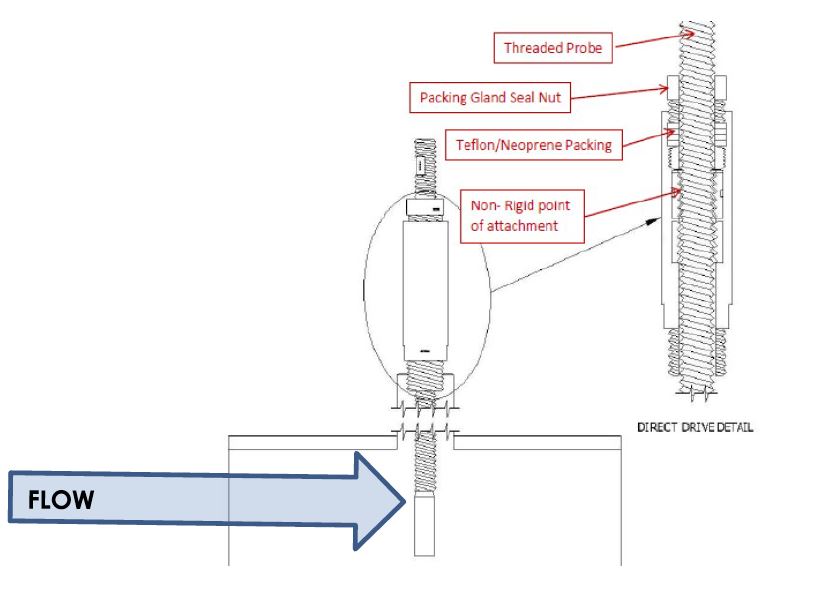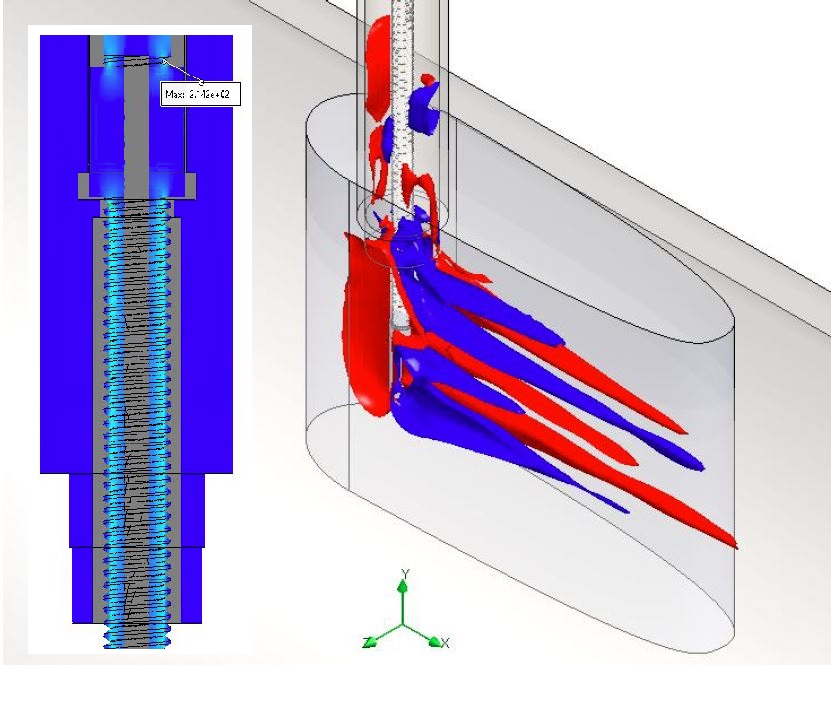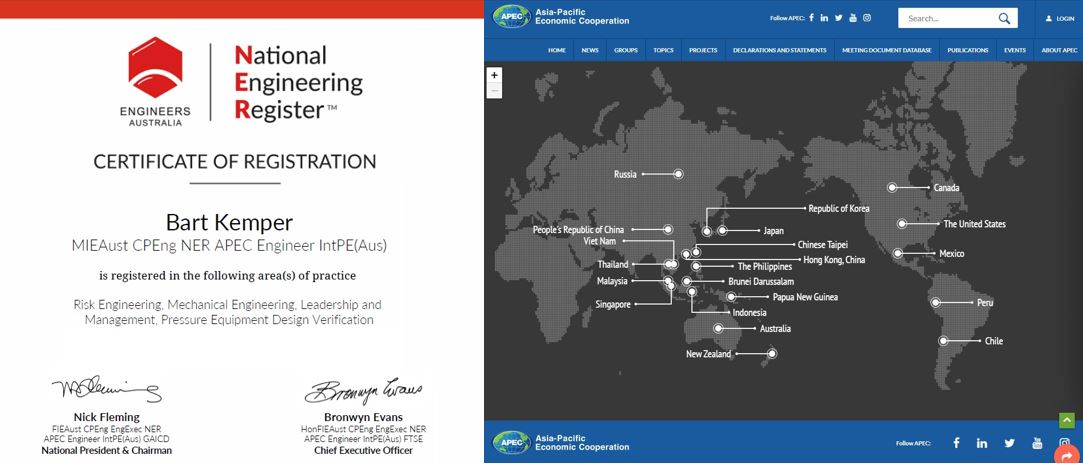A long-time client, A+ Corporation of Gonzalez, La., are the developers and manufacturers of some of the most advanced sampling systems on the market. In-situ sampling is critical to the safety and reliability of process equipment and transmission pipelines. They have sold sampling systems all over the world. KES has been part of their success by providing independent third party evaluations regarding the mechanical response to specific flow conditions. After providing a comprehensive computational review of physical testing done by others, KES uses that knowledge to examine the specific gas mix, conditions, and geometry to predict vortex shedding, whether harmonic tie-in is likely to occur, deflection, and stress.
In the past, we have gained additional Professional Engineer licenses for states based on a client’s needs. In this case, it was seeking registration in a different country — Australia. Their buyers have a regulatory need for an Australian-registered engineer to provide critical review. Our principal engineer is now a Chartered Professional Engineer (CPEng) in Australia, which is a more senior classification with a more rigorous review than being a “Registered Engineer.” He is also now in the engineer registry of the Asia-Pacific Economic Cooperation (APEC), which allows him to assist with buyers in a wide range of nations and economies. KES has other clients working in the APEC region, so this certification can allow us to help them as well. We build partnerships with our clients so we all succeed.
Once he earned his classification as a Chartered Professional Engineer, he went on to earn his Registered Professional Engineer of Queensland license (RPEQ). Queensland is the the only province in Australia that requires engineers to register. It is the most safety-conscious province in the nation due to the heavy industry, ranging from mining and gas exploration to ship building.

The sampling probe is extended into the gas flow. The threaded exterior is not only part of the drive system, it helps break up the flow and reduce the likelihood of steady-state vortex formation, which in turn can lead to damaging harmonic oscillation.

KES provides a summary report of a series of calculations and simulations based on the baseline detailed Verification & Validation of instrumented physical testing. Stress results address the potential for fatigue. Flow modeling provides the flow-induced forces on the probe. Plots can visualize different properties, such as this plot of lateral speeds showing bounding thresholds for vortices. These plots indicate no fatigue and no full-length vortex formation and shedding for the proposed installation and conditions.

Our principal engineer, Bart Kemper, is now a Chartered Professional Engineer (CPEng) in several regulated areas within Australian jurisdiction as well as an International Professional Engineer. He is also part of the APEC engineer registry, which includes nations from Asia, Oceania, North America, and South America.

Recent Comments